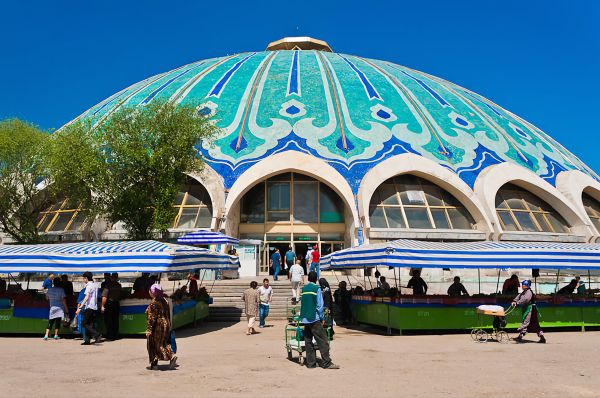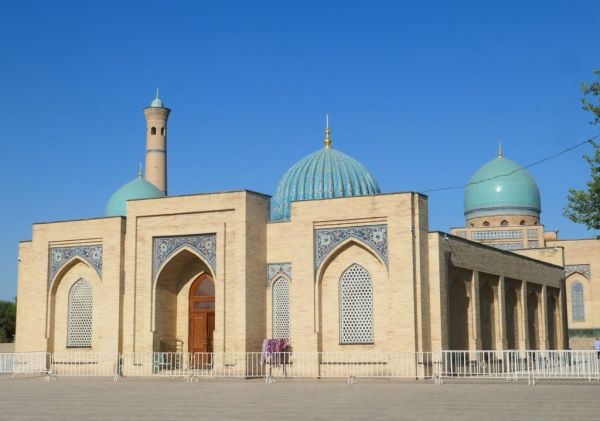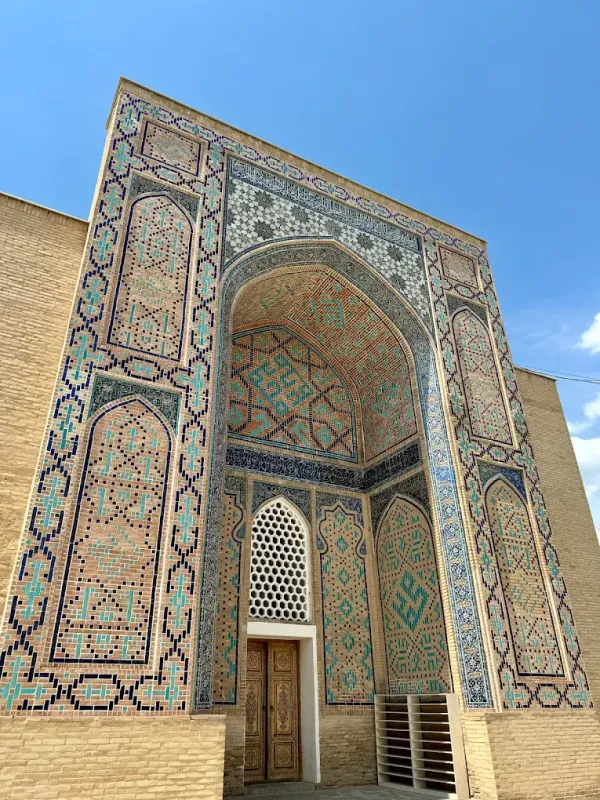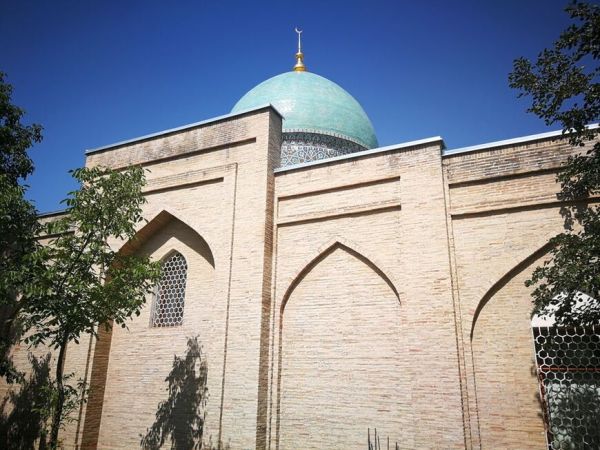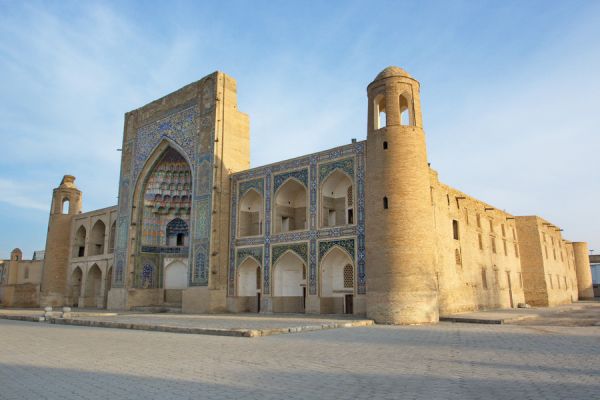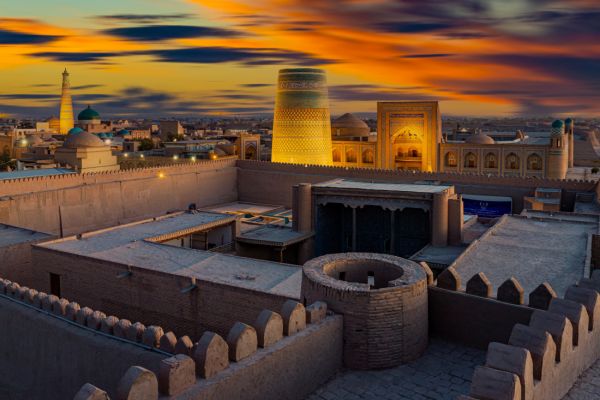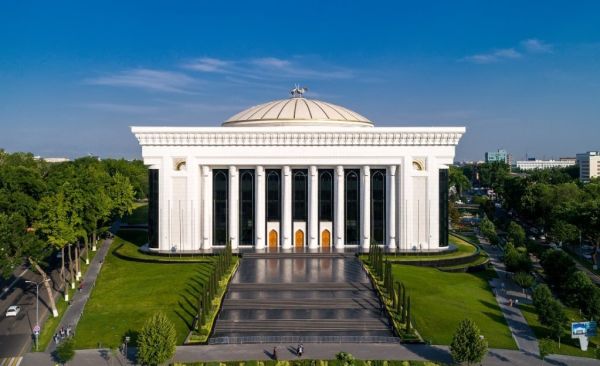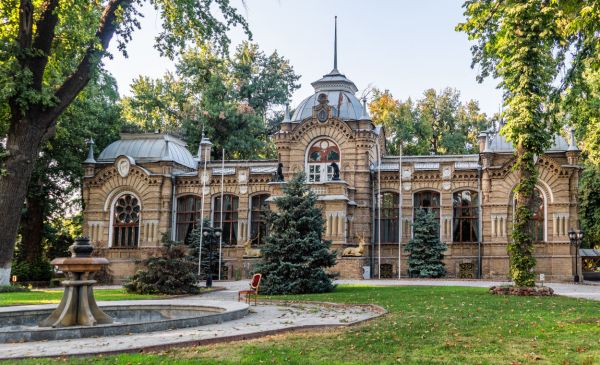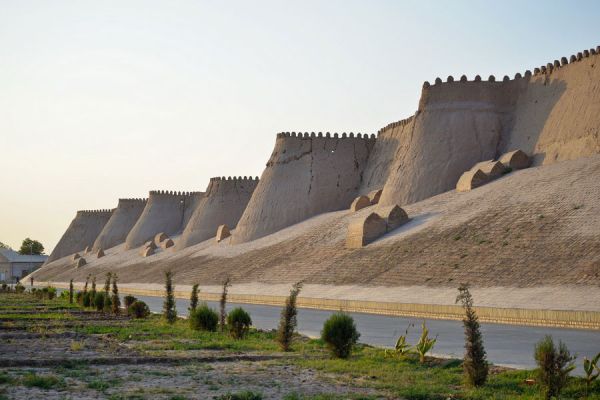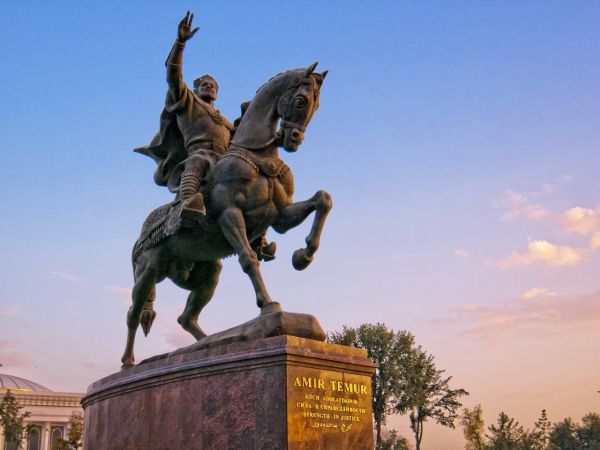Barakhan Madrasah
The Barak Khan madrasah was built in the 16th century by Ulugbek's grandson, Suyunidj Khan. It is known that the Spiritual Administration of Muslims throughout Central Asia is located here. It also has a rich library of Oriental manuscripts. The world-famous Quran of Caliph Osman, the Ottoman (Ottoman) Quran, is kept in a special room of the library of the Barak Khan Madrasah. It is the primary source of the holy Book of Islam, written in the middle of the 7th century. The ancient manuscript, consisting of 353 very large parchment sheets with the original text of the Quran, has been kept for centuries in the treasury of the caliphs (successively in the cities of Medina, Damascus and Baghdad). From Baghdad, during the time of Temur, the Ottoman Quran came to Uzbekistan, then (already in the nineteenth century) it was sent to St. Petersburg, where it was kept until the revolution. Then the Koran migrated through Ufa to Central Asia.
Legend has it that Caliph Osman was killed while reading this book, and there are still traces of his blood on its buckskin pages. From that moment on, the Quran of Osman became a sacred relic, which was always at the court of the following caliphs, first in Medina, then in Damascus and Baghdad. The various religious movements and sects that arose later within the caliphate could, at best, deny certain passages of the holy book, claiming that they were distorted by scribes by mistake or even by the malicious intent of the caliph, who, for example, is still not revered by Shiites - supporters of the hereditary power of the Ali family. But they could no longer contrast Othman's Koran with other sacred texts.
Historians do not know the exact fate of all the manuscripts after the Mongol Ilkhan Hulagu captured Baghdad in 1258 and executed Caliph al-Mustasim with many of his entourage. But in the 15th century, a Koran with dried bloodstains appeared in Samarkand. At first, it was kept at the court of Amir Temur's grandson, Mirzo Ulugbek, for which he ordered a giant marble stand to be made in the courtyard of the Bibi Khanum mausoleum, then it ended up in the mosque of Sheikh Khoja Akhror, a native of Tashkent.
When Samarkand was occupied by the troops of the Russian Empire in 1868 and incorporated into the Turkestan Governorate General, Major General Abramov, the head of the Zeravshan district, learned of the existence of a unique manuscript, seized it from the mosque, paying the inconsolable caretakers 100 gold rubles as compensation. The Koran was then sent by Abramov to Tashkent to Governor-General Konstantin Petrovich von Kaufmann, who a year later presented it as a gift to the Imperial Public Library of St. Petersburg.
Despite all the doubts about the authenticity of Osman's Koran, Russian scientists who studied this book came to the conclusion that it could indeed have been created in the 7th or 8th century on the territory of modern Iraq.
In December 1917, the Regional Muslim Congress of the Petrograd National District appealed to the People's Commissariat for National Affairs with a request to return the sacred relic to Muslims, having received five days later a resolution from the People's Commissar of Education Lunacharsky: "Give it immediately," after which Osman's Koran was handed over to the All-Russian Muslim Council, which was then in Ufa. From there, in 1924, he was transferred to Tashkent, then returned to Samarkand, to the Khoja Akhror mosque. In 1941, the relic was transferred for storage to the Museum of the History of the Peoples of Uzbekistan in Tashkent. In the early 90s, after Uzbekistan gained state sovereignty, on Khast Imam Square, President of the Republic of Uzbekistan Islam Karimov presented the relic to the mufti.
It is still a mystery how the Quran of Osman got to Transoxiana. According to the most common version, the relic was found during the capture in 1393 by the troops of Amir Temur, who was collecting a library of valuable manuscripts in his capital Samarkand. Within the Naqshbandi Sufi order, whose head in the XV century was Sheikh Khoja Akhror, there is a legend that he was captured by brave and cunning dervishes in troubled times after the Mongol invasions. But among the residents of Tashkent, who consider Kaffal Shashi to be the first patron saint of the city, the beautiful legend that the famous Quran of Caliph Osman was brought to Tashkent from Baghdad by Kaffal Shashi is much more popular. A unique handwritten holy book was presented to him by the Caliph of Baghdad for Kaffal Shashi's brilliant poetic response to the Byzantine emperor. Strictly speaking, this version, if we are not talking about one of the copies of the unique Quran, looks unlikely. On the other hand, it reflects the love and reverence that Abu Bakr Ismail Kaffal al-Shashi has always enjoyed in Tashkent.


